Drug Safety

Mrinalini Dey DrMiniDey
1 week 2 days ago
#1614 Another SLR informing the 2025 EULAR recommendations for PMR & LVV 🧭
Fast-track clinics cut blindness & diagnostic delays; multimodal imaging pathways outperform biopsy alone. Key data shaping future referral & diagnosis guidance. @RheumNow #ACR25

Antoni Chan MD (Prof) synovialjoints
1 week 2 days ago
Key slide and takeaways on the ACR 2025 extrarenal SLE guideline. Presented by Lisa Sammaritano @RheumNow #ACR25 #ACRBest https://t.co/Xa97O6RdBY

As the population ages globally, rheumatologists are caring for an increasingly older patient population more than ever before. In RA alone, nearly 40 percent of patients are now aged 65 years or older. Yet the evidence guiding our treatment decisions continues to come from studies that rarely include them, giving rise to a fundamental question: do we really know how best to treat older adults with rheumatic diseases?

Md Yuzaiful Md Yusof Yuz6Yusof
1 week 2 days ago
#ACR25 Abstr#0773 Anti-MDA5 ab is assoc. with progressive DM-ILD. But MDA5 expression is also upregulated in IPF. Any new biomarker which can link these ILD?
Measuring reactivity to MDA5 (aa 201-300) epitope peptide may help identify poor ILD prognostics (with/out DM) @RheumNow https://t.co/rziwihKfIr


Brian Jaros, MD Dr_Brian_MD
1 week 3 days ago
Is tocilizumab equally effective in ischemic vs. non-ischemic GCA?
Ischemic = vision, jaw claudication, or CVA
Remission at 6 mo higher in non-ischemic group then with equalization at month 12
No major difference in GCs at month 12
@RheumNow #ACR25 #Abst0739 https://t.co/OeYggSQYx8
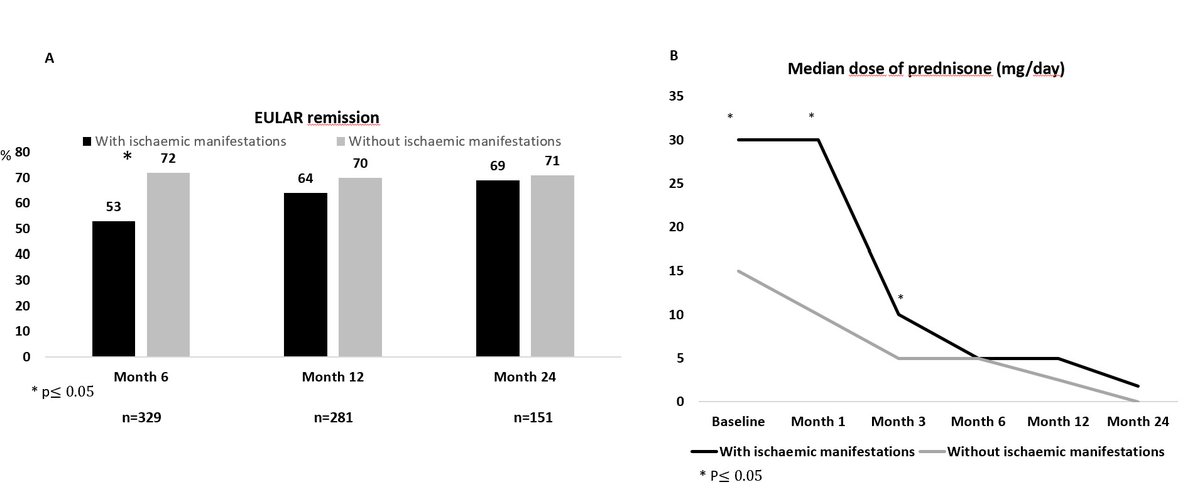

Brian Jaros, MD Dr_Brian_MD
1 week 3 days ago
We need more biomarkers in GCA - what about fibrinogen?
Miller et al retrospectively compared CRP, ESR, and fibrinogen at different points in GCA dx
Fibrinogen (and ESR/CRP) only helpful prior to initiation GC with comparable performance
@RheumNow #ACR25 Abst #0750 https://t.co/q5gFxDMnTy
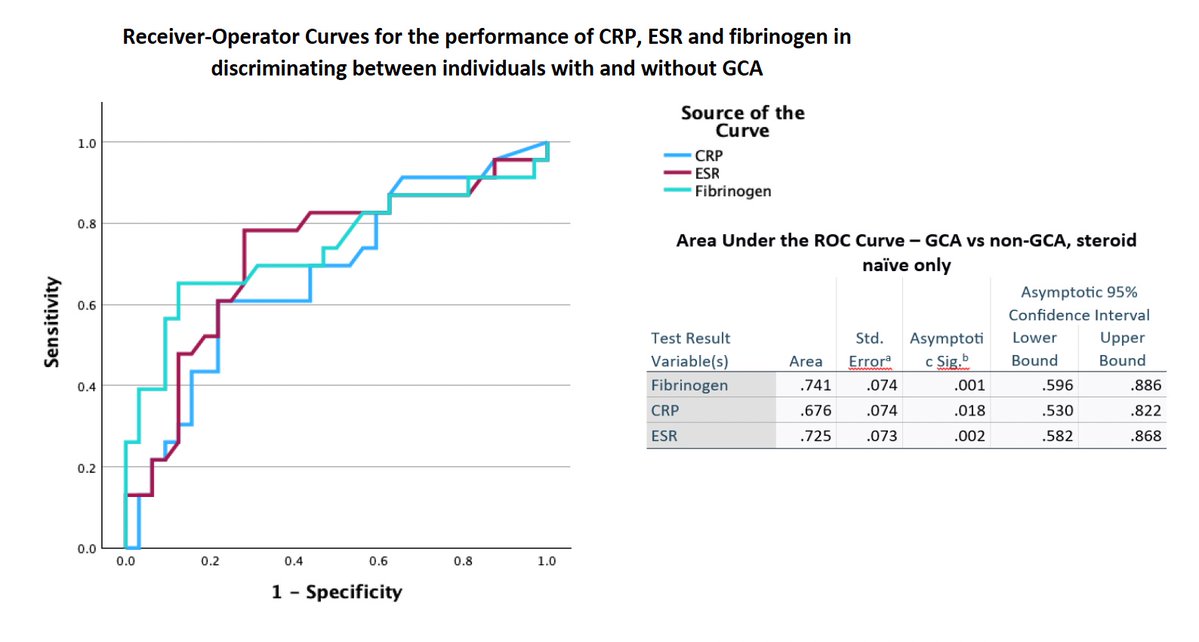

Akhil Sood MD, MS AkhilSoodMD
1 week 3 days ago
Abstract 0842
💡 Urinary biomarkers as the next frontier for monitoring lupus nephritis activity
🔹 Proteinuria didn’t track w/ histologic activity
🔹 IL-16 & sCD163 correlated at baseline only
🔹 Urinary Tenascin C & BAFF correlated w/ activity at 1 yr
@RheumNow #ACR25

Brian Jaros, MD Dr_Brian_MD
1 week 3 days ago
2 year extension data from SELECT-GCA:
Patients in remission who remained on upadacitinib 15mg daily after 1 year had 90% reduced risk of flare compared to those who switched to placebo
Higher rates zoster, CK elevation in UPA group
#ACR25 @RheumNow #ACRBest https://t.co/jf8Dh2wCBj
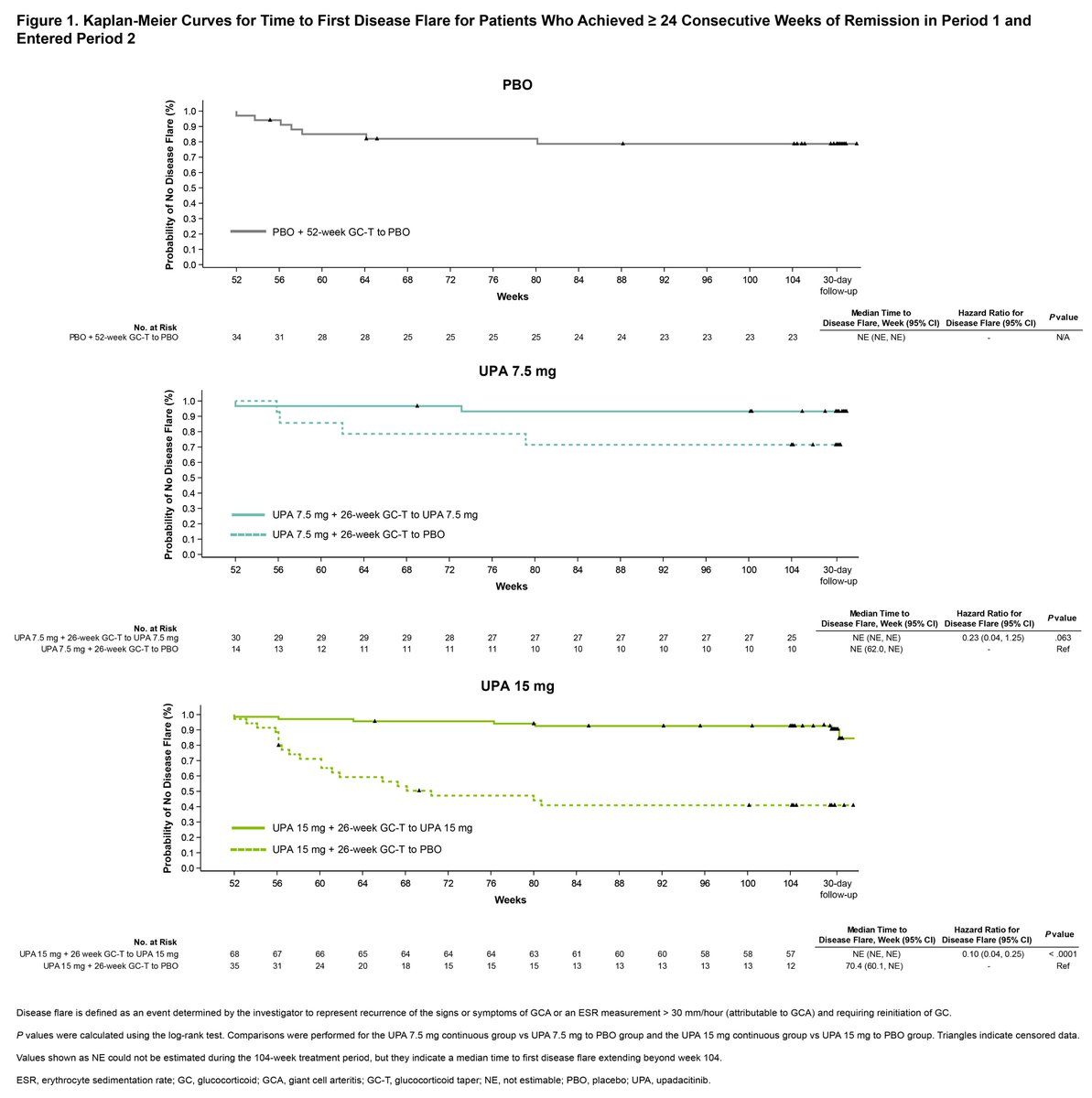

Aurelie Najm AurelieRheumo
1 week 3 days ago
Could a sputum test predict risk for RA conversion in at-risk patients?
98 at risk pts, Converters had higher
-BL sputum CCP levels
-BL Sputum nucleosome and cit-nucleosome levels !although not asso after adjusting for sputum anti-CCP-IgA level
In converters, correlation of https://t.co/bqmQqS1Jz5
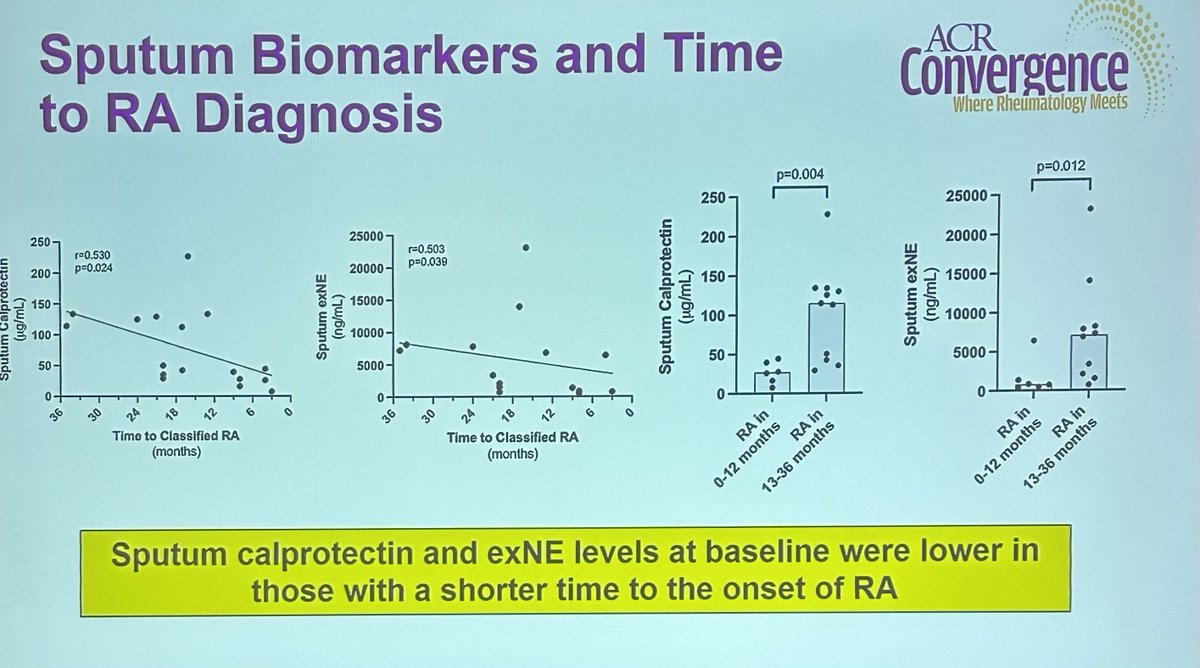

Aurelie Najm AurelieRheumo
1 week 3 days ago
More biomarkers predictive of conversion to clinical RA in at-risk pts
Serum PAD4 & PAD 4 levels measured in CCP+ at-risk individuals
-PAD4 (not PAD2) increased in RA Converters vs. non converters and HC
-PAD4 levels Pre-RA = RA
Within high CCP+ at risk individuals, higher https://t.co/LU5zUzui1G
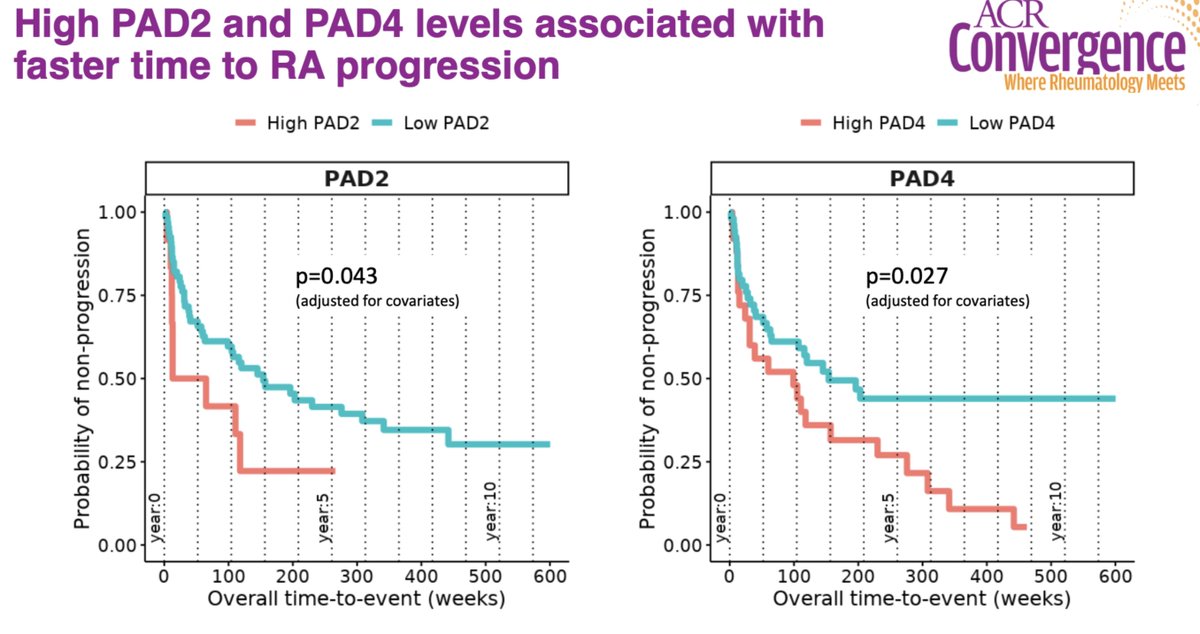

David Liew drdavidliew
1 week 3 days ago
CMV is a worry with high-dose steroids, especially in certain settings.
The risk is far from universal, though: in this Korean cohort treated with high dose pred, almost no-one without risk factors got it.
Meds are rarely the only infection risk factor
#ACR25 ABST203 @RheumNow https://t.co/zLYhLVKgYL
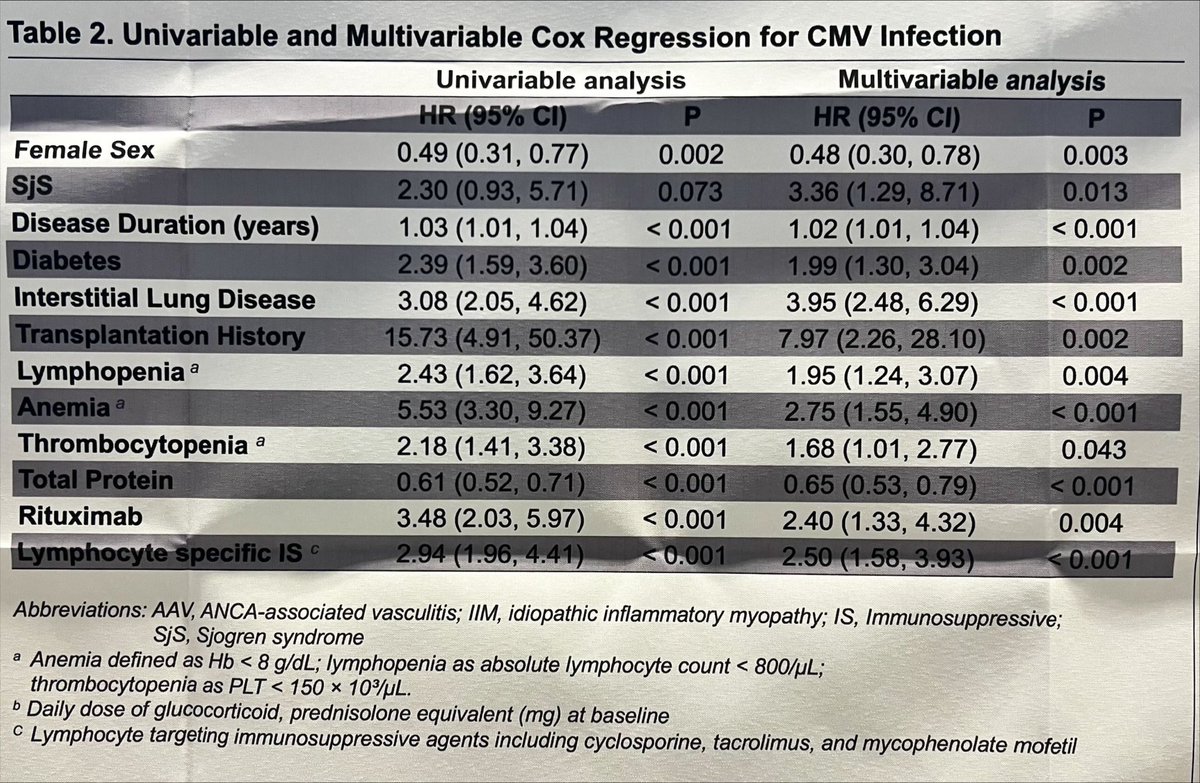

Md Yuzaiful Md Yusof Yuz6Yusof
1 week 3 days ago
#ACR25 Abstr#803 We need more data to justify biologics before conventional immunosuppressant in #SLE. Post-hoc analysis of 5 Phase 3 RCTs = improved efficacy & GC reduction in BEL+No IS vs PBO+IS. Potential selection bias as control group might be doomed to fail @RheumNow https://t.co/kXmrOUbJzj
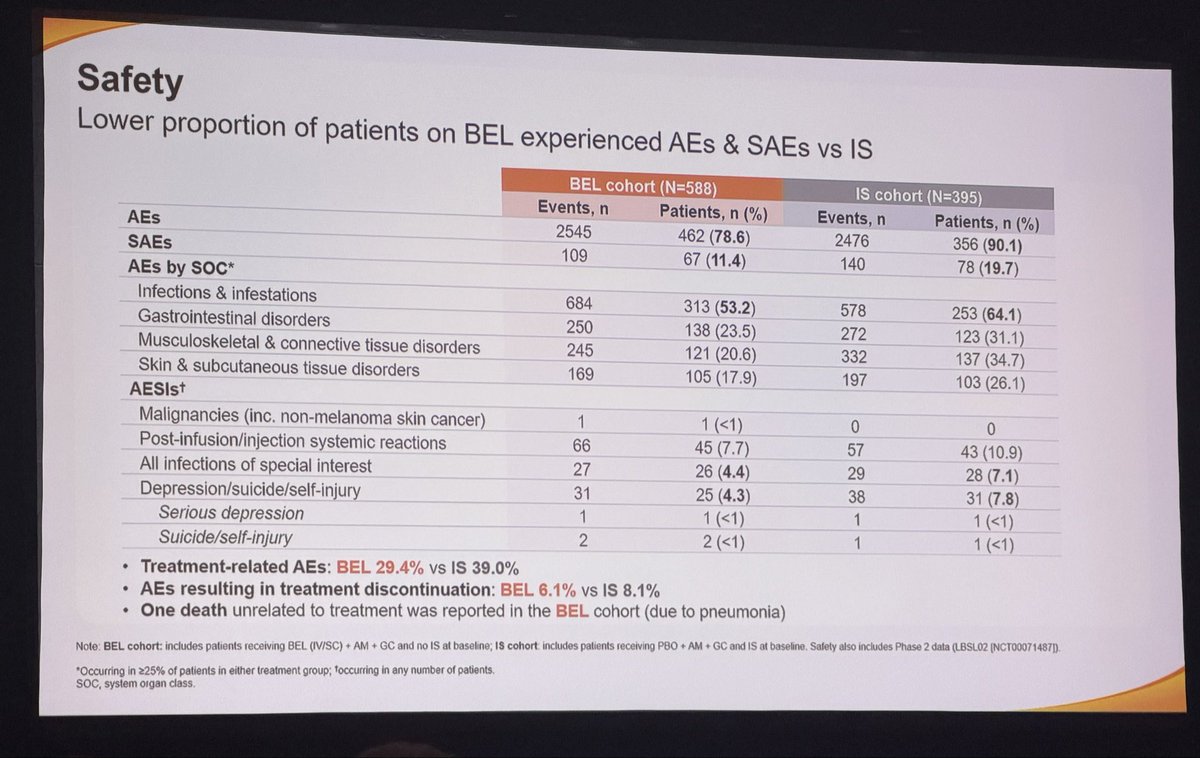
At ACR Convergence 2025, the American College of Rheumatology’s annual meeting, researchers presented pivotal Phase III studies highlighting novel therapeutic options for patients with gout, particularly those with limited treatment choices or uncontrolled disease. The findings underscore continuing progress in addressing a significant unmet need for safer, more effective therapies in this common and often debilitating condition.





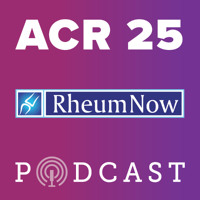





 Poster Hall
Poster Hall